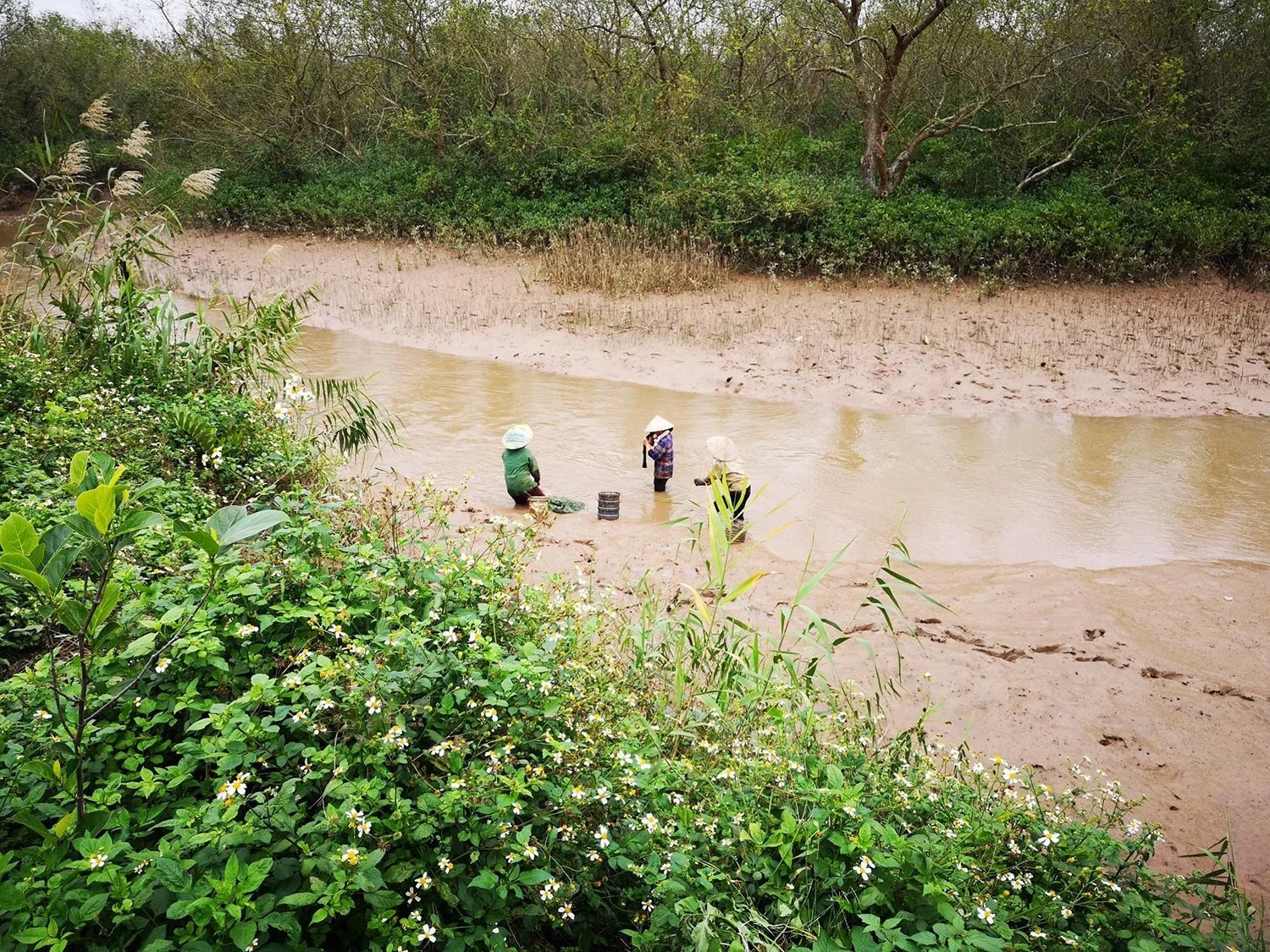In Vogue: Designing models that capture the delta socio-ecological system.
Author: Chris Hackney
Figure 1: Deltas represent the interface between the natural and human environments in a way that is both complex yet essential
“All models are wrong, yet some are useful” is the mantra than many modellers live by. By starting out with the acknowledgement that we are never truly going to be able to accurately represent all the interactions and processes defining a system’s state of being, we can work to ensure that the models we do develop and design capture the relevant behaviours. Understanding which processes and interactions to capture requires a participatory and bottom-up approach to model development; one that is driven by the research questions at hand and not by the abilities of the model. As such, models require careful design. Often the most effective models are the simplest, yet, as modellers, we often end up developing tools than are quite impractical and try to capture every process we can represent. These types of models are really only useful for a specialised audience and don’t break down the barrier between science, stakeholders and the broader population. Models that do break these barriers down go on to redefine the discipline and offer insight into the state of society, culture and the broader environment. This agenda defining statement piece should be what we are aiming with our modelling approach within the Living Deltas Hub.
Within the Living Deltas Hub, the modelling subgroup aims to support colleague’s research through the provision, design and use of numerical models. As a group we are interested in understanding the interactions between human and physical processes in defining delta environmental and societal change – relationships that change both with time but also as society changes. In effect, we try to capture the current state of the systems and representing that as best we can within a computational framework. Typically, we would focus on meteorological, hydrological and process based modelling at the delta-, reach- and community scales. We would assess the impact of climate change, human interactions and policy interventions on a range of key environmental processes that affect delta health and sustainability. This has been the way of the modelling world for the past few decades.
Figure 2: A 'classical' hazard model output showing coastal flood inundation extents and depths under a range of scenarios
Yet, there is growing recognition that if we are to really capture the zeitgeist and be able to provide useful, actionable insight that will make a difference in moving towards more sustainable delta systems, we need a wholescale redesign of the very fabric of our numerical models. We need to interweave Coupled Human and Natural Systems (CHANs) modelling with Agent Based Modelling (ABM) and gather up representations of natural cultural heritage. We have many of the component pieces already within our modelling haberdashery. Importantly, we now also have the opportunity as part of the broader Hub group to pull on all the influences from colleagues around the world to design a new framework that can capture the cultural, environmental and socio-economic state of play within delta regions. In doing so we can design a model that not only allows us to ask important questions and gain valuable, actionable insight but which can also act as the signature piece of the Hub collection which will hopefully stand the test of time as an icon of the (numerical) modelling world.
Figure 3: How do we capture the socio-ecological interactions and behaviours in a numerical model to ensure a sustainable future for our deltas?



